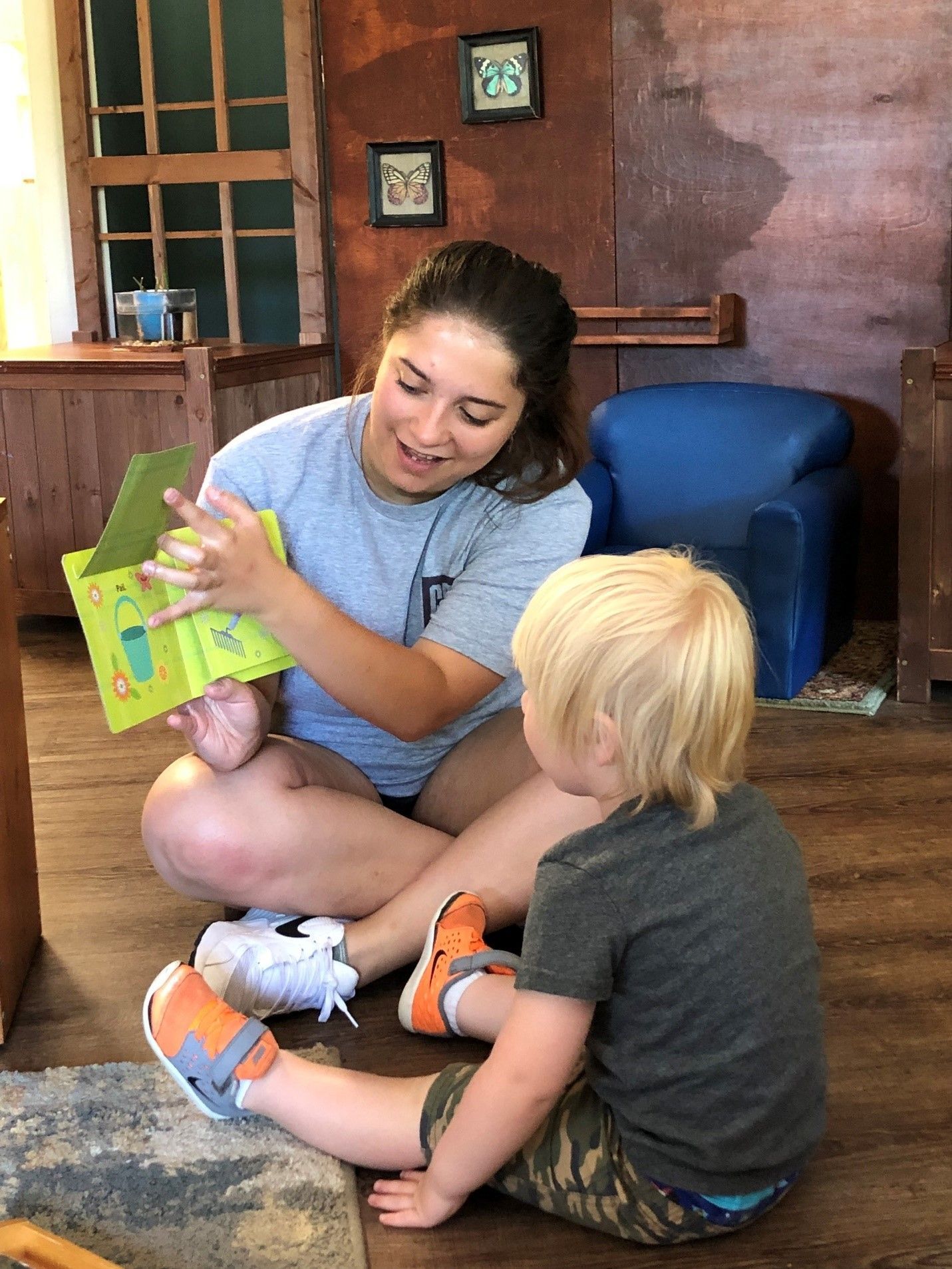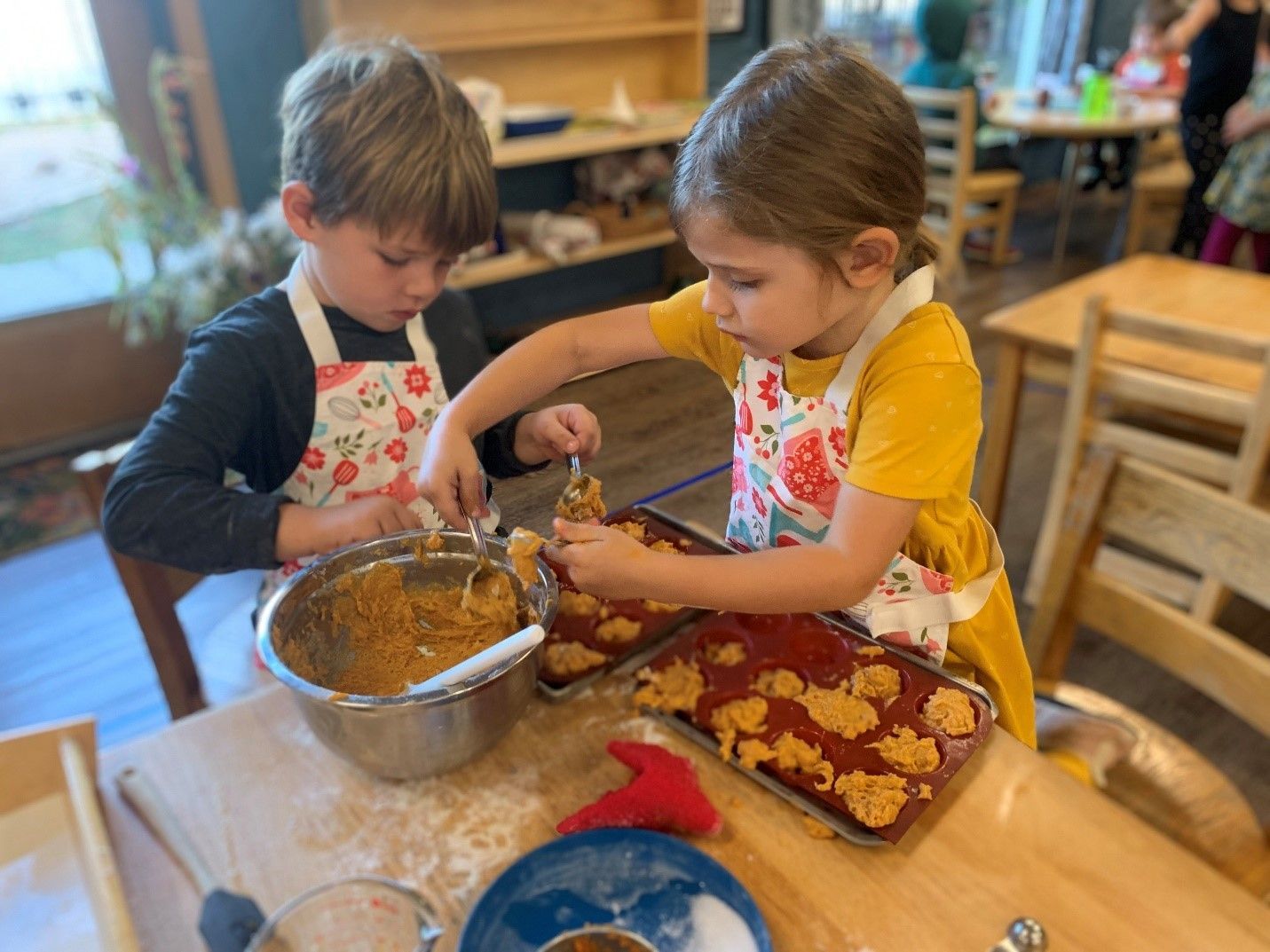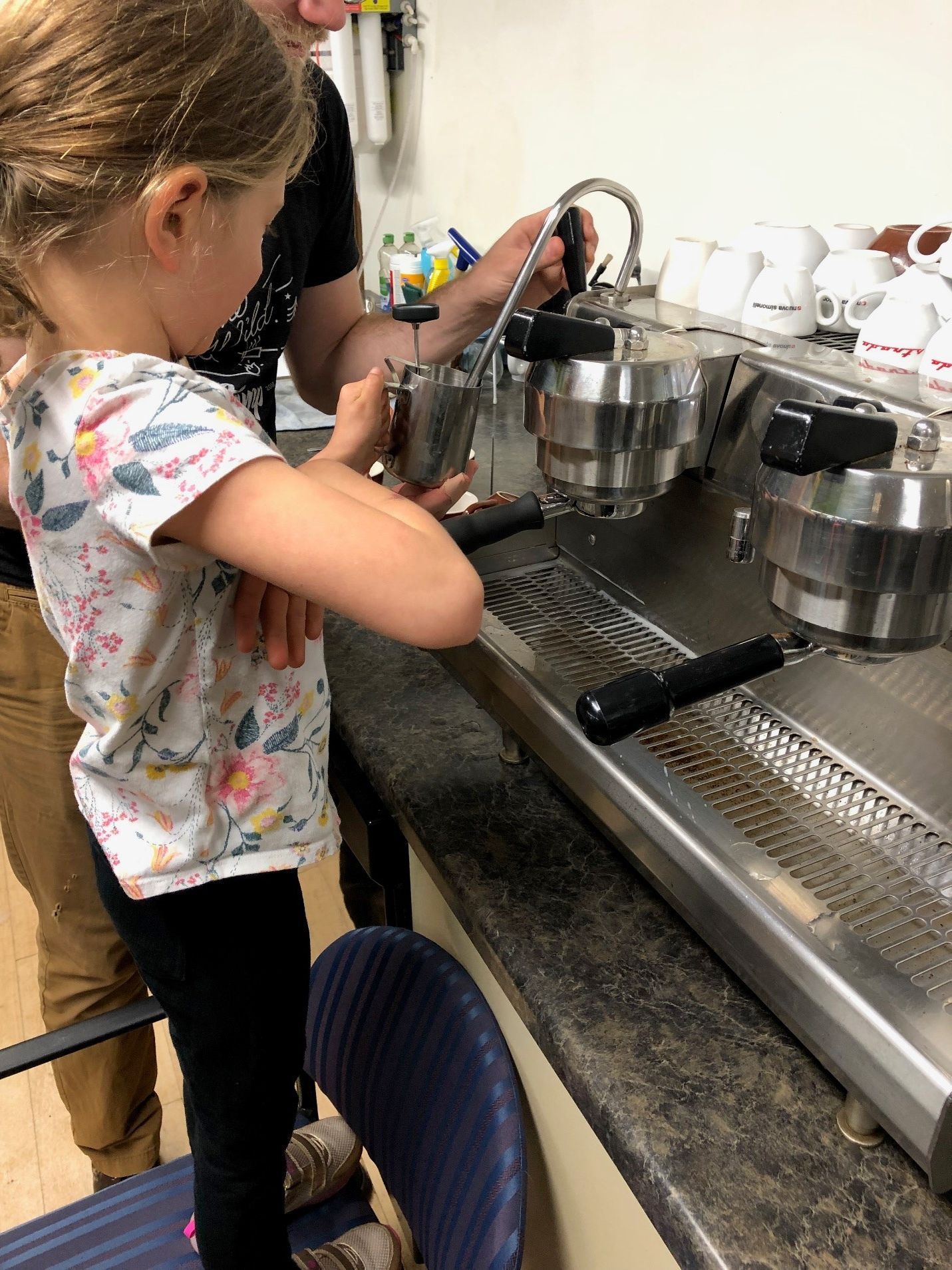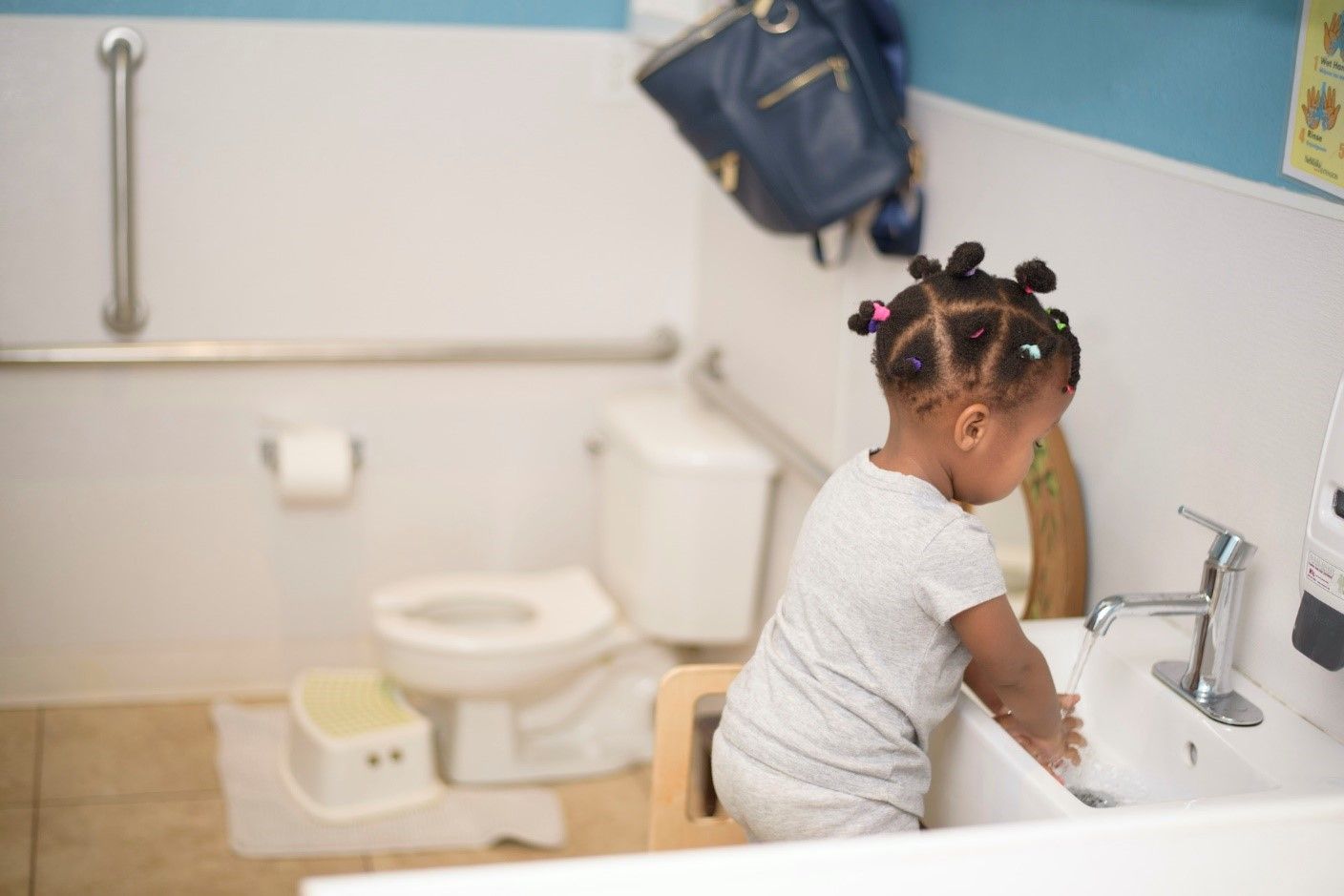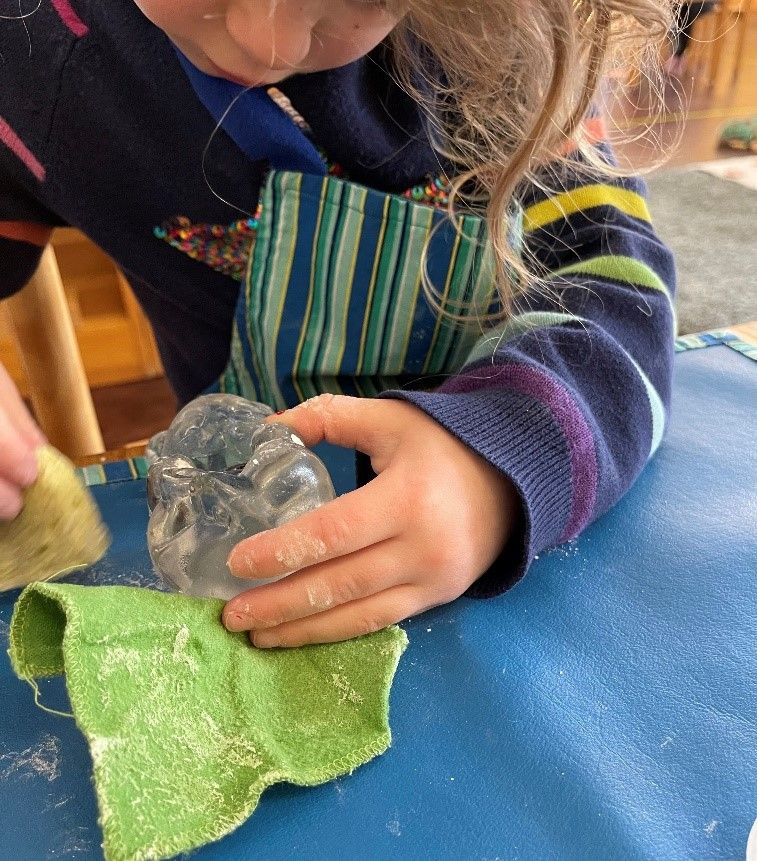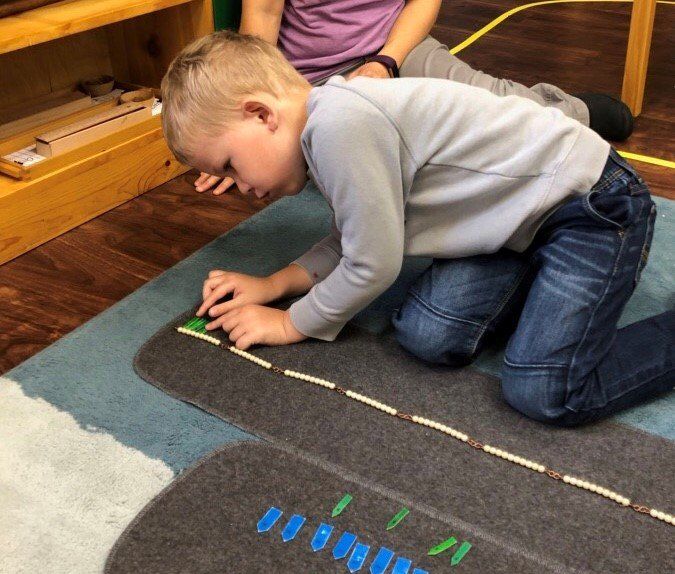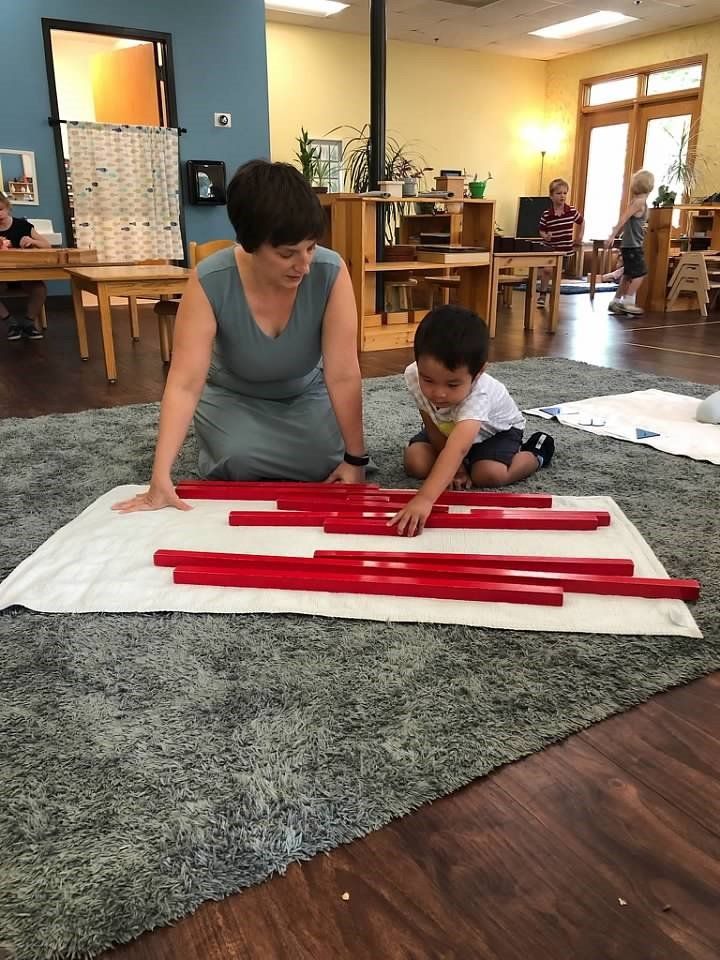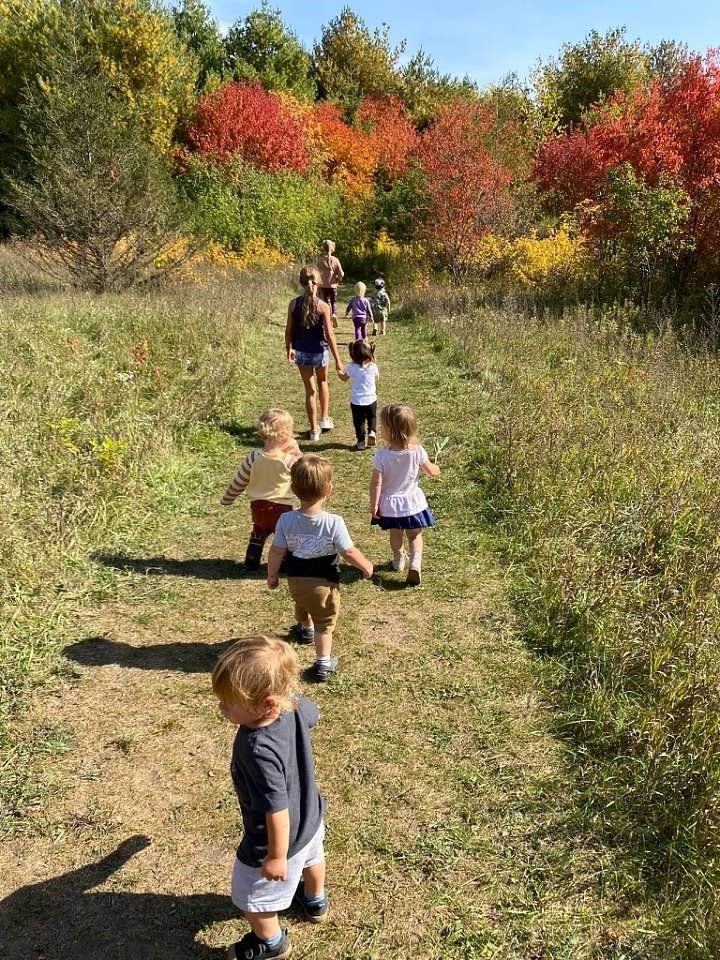Grace and Courtesy
With each tour of our school that I give, with each visitor to our classrooms the same observation always jumps to the forefront, “The children are all working so well together, how does that happen?” or “I have never seen such a well-behaved group of children in my life!”. My first thought is always, “You should have seen us during the first few weeks of school!”.
How is it that a group of children, all with freedom to walk around, choosing where to sit, working on various materials manage such harmony? The answers lie in the careful preparation of the environment created specifically to meet the needs of the child and the intentional lessons of Grace and Courtesy.
It is important that our environments are ready to meet the individual needs of each child and that they are beautifully prepared however, without the lessons of Grace and Courtesy it could lead to complete chaos.
Grace and Courtesy lessons are the cornerstone of each Montessori classroom. When the Guide begins the year, these lessons are acted out with great artistry to draw the children in and to let them take turns practicing them. It may be something as simple as how to roll a working mat, yet the complexity of the lesson is demonstrated as each part of the process is broken down into the smallest of movements (or steps). How to roll the mat so that it forms a tight, even roll. How to smooth out the lumps and bumps. How to carefully pick it up and carry it through the classroom without bumping into anyone or anything, and then gently placing it into the rug box for the next person to use.
As the lesson is completed the fun part comes when the Guide says, “Would you like to have a turn?” Of course, they each want a turn! The youngest child rolls the rug in a half-hazardous sort of way, without control of movement, as that develops a little later, through repetition. The oldest child sits by and does not say a thing, fully realizing the rug has been rolled in a most unflattering manner but having the control of the will to sit by without criticizing and demonstrating true grace and courtesy.
These lessons continue in the first few weeks of school. How to walk around a working mat, how to push in a chair, how to observe someone at work, how to ask for help, how to excuse yourself, how to sit quietly during a gathering, how to walk slowly, how to blow your nose, how to speak assertively (Stop It! I don’t like it!). The list of lessons is only limited by the needs of the classroom. They also happen spontaneously when the need arises. As an example, the adult observes that the children are pushing to get to the snack table, what a great opportunity to give a lesson on how to wait one’s turn.
While more deliberate within our toddler and children’s house classes, they nevertheless continue to play an important role in the elementary classrooms. How to conduct one’s-self on a going out, how to greet a visitor to the classroom, how to work coffee shop or marketplace, how to play an organized activity outdoors, how to visit a classroom.
The best part is that they can work in your own home too!
If you are interested in seeing Grace and Courtesy in action, book a tour with us today.
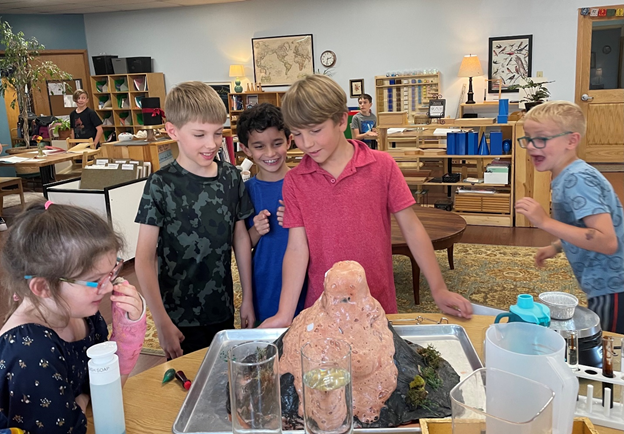
PROGRAMS
St. Croix Montessori School
Nido Montessori School

